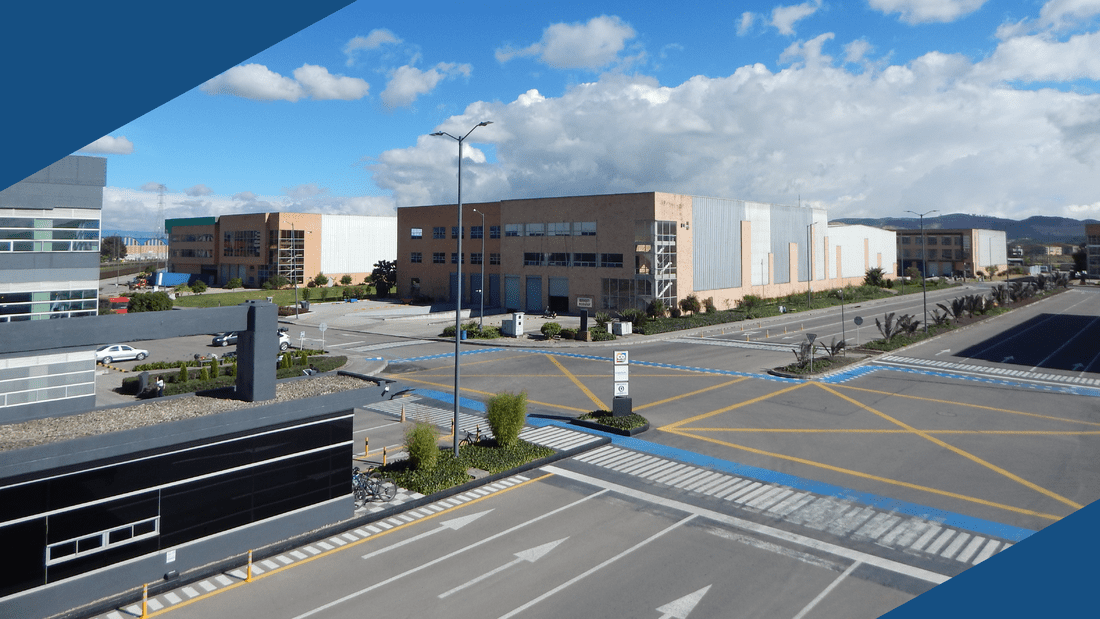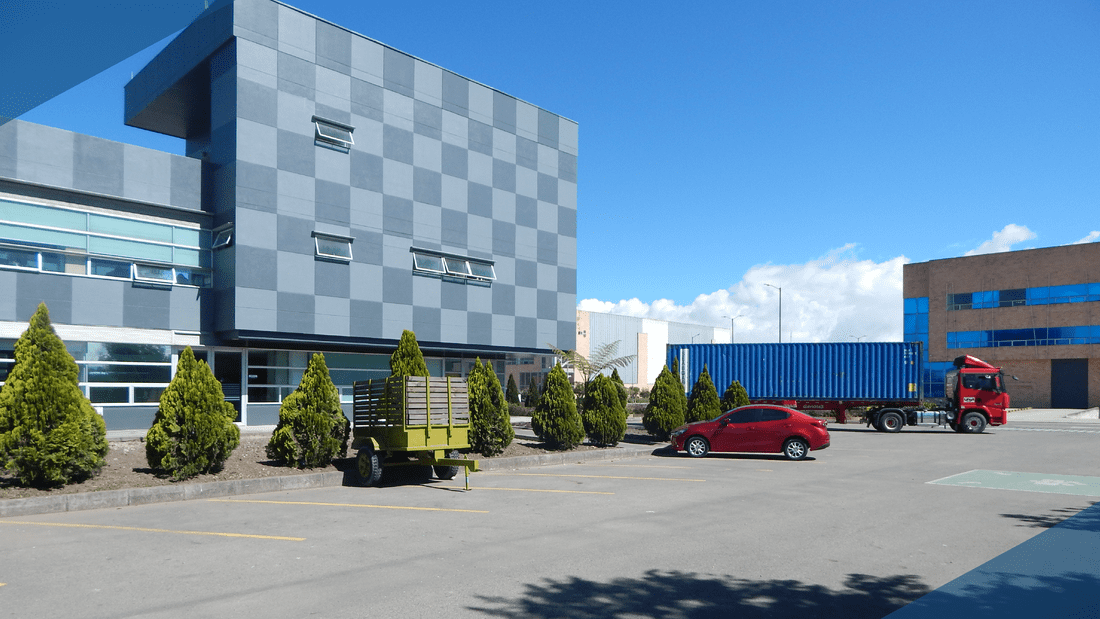Knowing the Free Trade Zones regime in Colombia is of great relevance, understanding that free trade zones in Colombia and the world are of great utility for the diversification of the economy, in addition, they are an infallible instrument for overcoming the crisis suffered worldwide by the aftermath of Covid 19.
In our country the importance of free trade zones is so great that with respect to employment, these territories have generated more than 147,000 jobs, a fact that undoubtedly benefits the economy of thousands of workers. Hence the importance of the direction that the free zones will take according to what is established in the free zones regime in Colombia; and that is why today we will share with you, what is the outlook for these zones in our country. Join us!
What was initially contemplated by the Free Trade Zone Regime in Colombia?

The draft law of the new free zone regime in Colombia, which included the direction that free zones would take in free zones in Colombia, was presented to the country on August 8, 2022was presented to the country on August 8, 2022 and it included several guidelines that, although intended to benefit free zones and the economic growth of the country, had several aspects that needed to be modified to create an agreement that would be viable for all parties.
The most important points raised by the tax reform in a first debate for the new free zone regime in Colombia were:
- Modification of the percentages for income and complementary tax rates. This rate was subject to export thresholds dictated by the National Government, which had to be reached annually by companies located in free trade zones.
- For companies or users installed in permanent free trade zones, the general income rate (35%) will be applied as of January 1, 2023.
- If companies fail to meet the annual export thresholds for three consecutive years, they will automatically lose the benefits of the free trade zones concerning the percentage paid for income tax, as well as the qualification for the user.
On this last point, it should be noted that the export thresholds were distributed in 3 periods. In the first period, companies should have a limit of 40% of sales to the national territory, the rest should be exported.
In a second stage, this threshold would be increased to 30%. In other words, free zone users would only be allowed to sell 30% of their production domestically and the rest would have to be directed to the international market.
In the third and last moment, the free zone regime in Colombia contemplated that the companies, at the end of the transition (which was planned to take place in one year), would allocate only 20% of their sales to the domestic public and the remaining percentage to the foreign market.
The above points clearly sought to make our country stronger and more competitive worldwide, however, according to the executive director of the ANDI's Chamber of Free Trade Zone Users, Angélica Peña, Angélica PeñaHowever, according to Angélica Peña, executive director of ANDI's Chamber of Free Trade Zone Users, these export thresholds cannot be fully complied with for several reasons, including geographic location, company size and economic sector.
Therefore, it was necessary to have a second debate with the National Government, in which agreements were reached to benefit all participants. For the free trade zones go beyond a customs or tax benefit, they are the model that can contribute significantly to the constant growth of the country.
Evolution of the New Free Trade Zone Regime in Colombia, Second Debate.

In this second instance, beneficial agreements were reached for all, since the needs of the free trade zones were listened to, so that some points of the new regime were made more flexible, in order not to hinder the hard work that these special territories perform daily for the economic strengthening of the country.
The first agreement reached between the Chamber of Free Trade Zone Users and the National Government was the abolition of the consequences for companies that did not comply with the export thresholds for three consecutive years, i.e. the loss of the 20% income tax benefit and the loss of qualification.
On the contrary, the so-called internationalization and sales plans were established. These consist in the fact that each company wishing to access the differential income tax rate must commit with the Ministry of Commerce to certain foreign sales ceilings, but this time taking into account its capacity.
It should be clarified here that companies are not required to submit industrialization plans to access the income tax benefit and may freely choose to pay only the general rate, i.e. 35%. However, if the companies do wish to have the benefit, it is mandatory to submit these plans and reach agreements with the Ministry of Commerce.
A second agreement in this instance was that taxable income related to exports of goods and services could access the 20% income tax rate, while those related to the national customs territory would have the general rate, i.e. 35%.
This is of great relevance, since it encourages exports and entrepreneurs can find new ways to take part in this initiative, not only for their own growth, but also to increase the country's export competitiveness.
Exceptions for various special sectors

In the free trade zones there are sectors that are vital for the foreign trade chain and the sustainability of the country, but they are not exporters. For them, the free zone regime in Colombia exempts them from the provisions of the new law and gives them the possibility to continue contributing to the country's economy with the same tax and customs benefits that they have received previously, which are stipulated in the Law 1004 of 2005.
The sectors that retain tax and customs benefits without modification and are not tied to export thresholds are:
- Port services
- Fuel refining
- Logistics services
On the other hand, the sectors that are not covered and must adjust to the free trade zone regime in Colombia are:
- Power generation
- Agro-industrial projects
- Data Center
However, during the second debate, the Chamber of Free Zones Users advocated that these three sectors also maintain the tax and customs benefits without modifications. However, despite all efforts, this was not possible and in the specific case of the Data Center sector, it must comply with the internationalization plan to access the 20% income benefit, if this is not done, then companies in this sector must pay the general rate, i.e. 35%.
From Zona Franca de Occidente we are sure that this regime of free zones in Colombia will be able to provide benefits for all the participants and it is for this reason that with our services of: advising in the master plan of development, extension of free zones, user operator and broker, we will provide all our clients with high quality services so that no matter what changes the free trade regime may have, the installation of their companies in our free trade zone will be a completely profitable investment.






